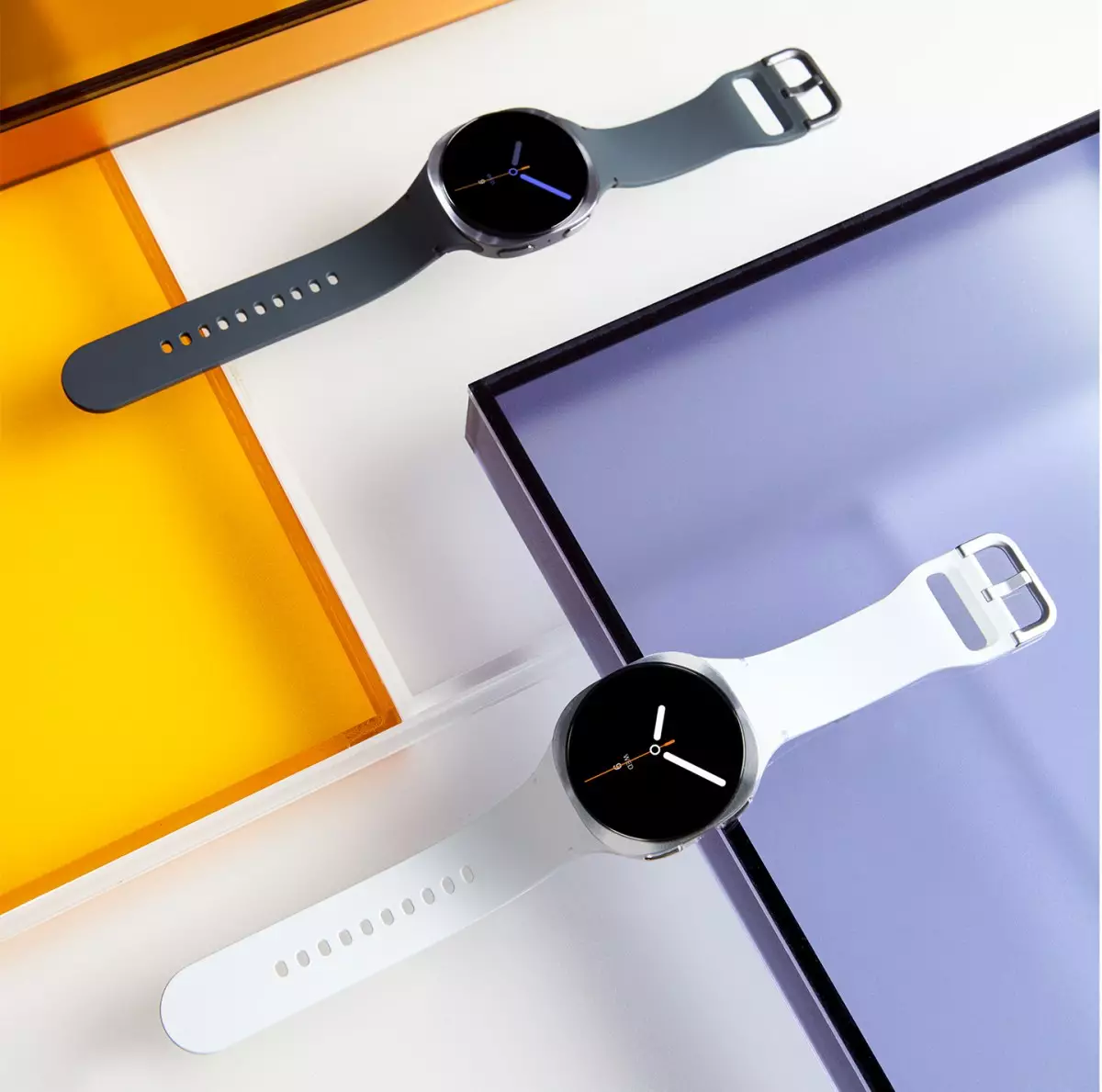Samsung’s latest flagship, the Galaxy Watch8 series, marks a significant design evolution, aligning its aesthetic closer to the rugged yet sleek style of the Galaxy Watch Ultra from last year. The visual overhaul, inspired by the Ultra’s squarish case merged with a circular bezel, signals Samsung’s intent to present a more unified design language across its smartwatch lineup. The comeback of the rotating bezel on the Galaxy Watch8 Classic adds a nostalgic yet functional touch, enhancing user interaction and control. This blend of contemporary design and functional sophistication indicates Samsung’s confidence in its hardware aesthetics and user experience.
Impressive Display and Hardware Upgrades
One of the standout improvements is the screen brightness—peaking at an astonishing 3,000 nits, up from 2,000 on the Galaxy Watch7. This enhancement significantly enhances usability, especially in direct sunlight, a crucial factor for outdoor enthusiasts. Despite incremental hardware upgrades, Samsung has kept the core processing chip—the Exynos W1000—highlighting a cautious yet steady approach, perhaps emphasizing reliability over radical change. The inclusion of the BioActive Sensor further cements the device’s health-centric positioning, enabling comprehensive monitoring of vital signs, including heart rate, EKGs, and body composition.
Advanced Health Features—A Double-Edged Sword?
Samsung continues to push its health-tracking capabilities with features like Bedtime Guidance, Vascular Load, Running Coach, and the Antioxidant Index. While these features showcase a desire to innovate beyond traditional fitness tracking, their real-world utility remains questionable. Many of these metrics depend on complex calculations, assumptions, and often personal data that may not always translate into actionable insights. For users seeking straightforward health management, these features might seem more like technological gimmicks rather than necessary tools for wellness.
Software Integration and User Experience
Running on One UI 8 Watch built upon Wear OS 6, Samsung’s collaboration with Google appears to elevate the smartwatch experience. The introduction of Gemini—an AI-powered assistant that allows voice queries—demonstrates an effort to bridge the gap between smartphones and wearables, offering seamless hands-free interaction. This integration with Samsung Health, Calendar, Reminders, and Clock apps signifies a more cohesive ecosystem, though the success of these features hinges on their execution and user adoption.
Pricing, Availability, and Market Position
Pricing remains competitive but slightly increased—starting at $350 for the Bluetooth Galaxy Watch8 and climbing to $550 for LTE versions, with the Classic at $500 and $550 respectively. The differential pricing reflects a strategic positioning aimed at both casual users and fitness enthusiasts willing to pay a premium for added features like the rotating bezel and larger display. Samsung’s release of a new Titanium Blue color for the Galaxy Watch Ultra further emphasizes their push into premium aesthetics, although no other substantial hardware changes are announced for Ultra.
Final Reflection
While Samsung’s Galaxy Watch8 series exhibits commendable design refinements and notable feature enhancements, it still leaves some critical questions unanswered. Are the health features genuinely beneficial, or are they just data points that may overwhelm users? Can the improved brightness and design ultimately set new standards in smartwatch usability? Only time will tell, but one thing is certain—Samsung’s ambition to blend style, health, and smart functionalities is clear, setting a high bar for competitors in this rapidly evolving market.

